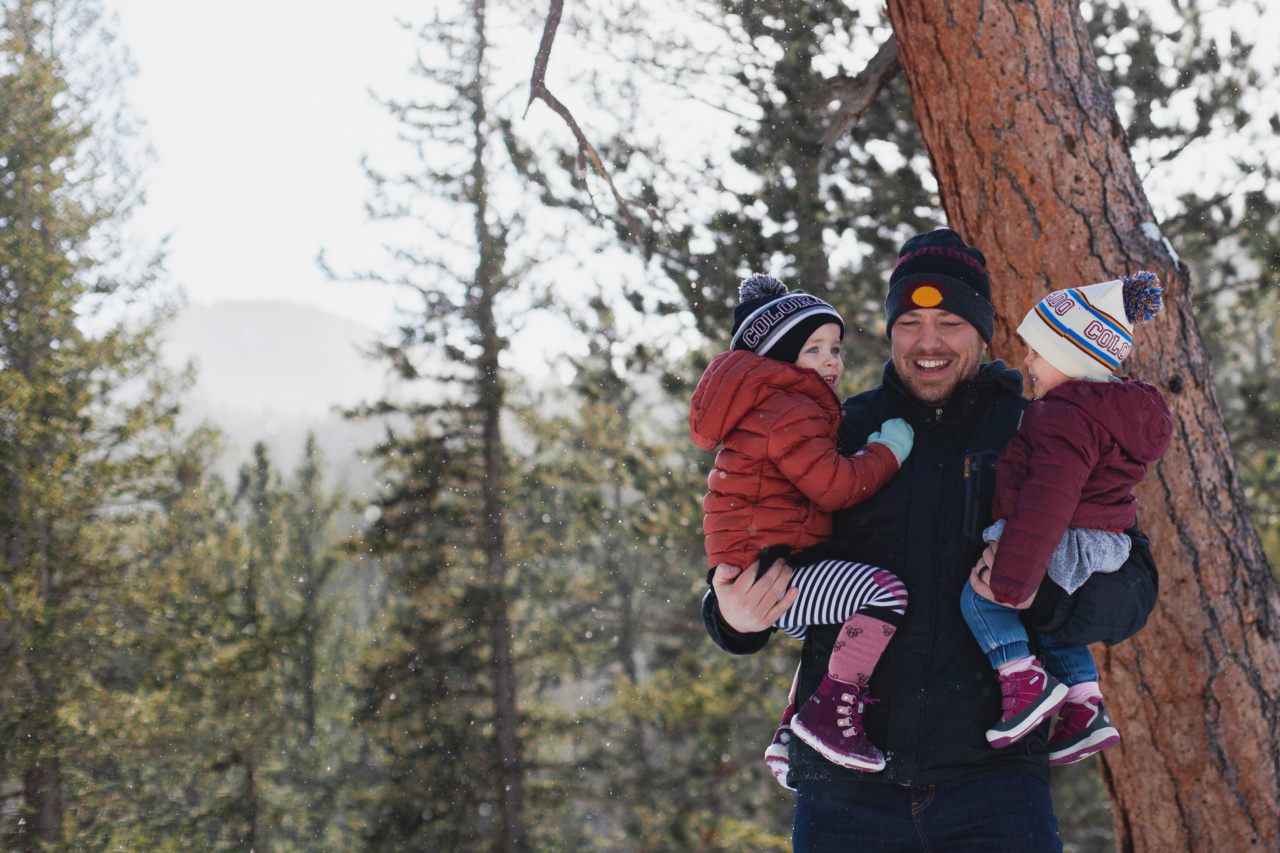Autism is a neurodevelopmental disorder that affects communication and social interaction skills. It typically appears in early childhood, making early detection and intervention crucial for children with autism spectrum disorder (ASD).
Identifying key indicators of autism in toddlers can help parents, caregivers, and healthcare professionals recognize potential signs and seek appropriate support for these children. In this article, we will discuss ten crucial indicators that may suggest the presence of autism in toddlers.
1. Delayed Speech and Language Development
One of the primary red flags for autism in toddlers is a significant delay in speech and language development.
While every child develops at their own pace, a noticeable delay in speaking or inability to use age-appropriate language by the age of two may be an early sign of autism. For example, a toddler may not respond to their name, point to objects, or engage in basic conversations.
2. Lack of Eye Contact
Toddlers with autism often struggle with maintaining eye contact. They may prefer to focus on objects or be fixated on specific parts of an object rather than engaging with people or establishing eye contact.
This disinterest in eye contact can hinder social interactions and communication, which are vital skills for children to develop.
3. Repetitive Behaviors
Repetitive behaviors are commonly observed in children with autism. These can manifest as repetitive body movements such as rocking, hand flapping, or spinning in circles.
Toddlers with autism may also engage in repetitive activities, like lining up toys in a particular order or being excessively preoccupied with specific interests or objects.
4. Sensory Sensitivities
Sensory sensitivities are prevalent among children with autism. Toddlers may show extreme reactions to ordinary sensory stimuli, such as certain sounds, textures, smells, or tastes.
For instance, they may cover their ears, avoid certain clothing textures, or exhibit distress when exposed to loud noises.
5. Lack of Social Engagement
Toddlers with autism often struggle with social interactions and tend to be less interested in engaging with others. They may exhibit minimal interest in playing with peers or show limited imaginative play skills.
These children may not initiate social interactions or may have difficulty understanding social cues, such as facial expressions or body language.
6. Delayed Motor Skills
Delayed motor skills can be an indicator of autism in toddlers. These motor skill delays can manifest as clumsiness, poor hand-eye coordination, or difficulties with activities that require fine motor skills, like holding a pencil.
Delayed motor skills can significantly impact a toddler’s ability to navigate their environment and engage in age-appropriate activities.
7. Unusual Fixations or Obsessions
Toddlers with autism may exhibit intense fixations or obsessions with specific objects or topics. They may become overly focused on certain toys, patterns, or activities, often to the exclusion of other stimuli.
These fixations can impact their ability to effectively engage in social interactions and may limit their range of interests and play.
8. Difficulty with Transitions
Transitions can be challenging for toddlers with autism. They may struggle with changes in routine, becoming upset or anxious when faced with even minor disruptions.
These difficulties with transitions can present as tantrums, meltdowns, or increased distress when moving from one activity to another or when dealing with unexpected changes.
9. Lack of Pretend Play
Pretend play, also known as imaginative play, is an essential developmental milestone for toddlers. Children with autism spectrum disorder often exhibit limited or absent pretend play skills.
They may struggle to engage in make-believe scenarios, imitate others, or understand imaginative play concepts like pretending to be a certain character or engaging in pretend conversations.
10. Unusual or Delayed Social Smiling
Typically, infants start social smiling between six to eight weeks of age. However, toddlers with autism may exhibit a delay in or absence of social smiling.
This delayed or unusual social smiling can indicate difficulties in social-emotional reciprocity, a crucial aspect of social interaction and bonding.
Conclusion
Recognizing key indicators of autism in toddlers is essential for early diagnosis and intervention.
Parents, caregivers, and healthcare professionals should be aware of the signs mentioned above and seek professional guidance if they suspect a child may be on the autism spectrum. Early identification enables early interventions, which can significantly improve outcomes for children with autism spectrum disorder.


























